-
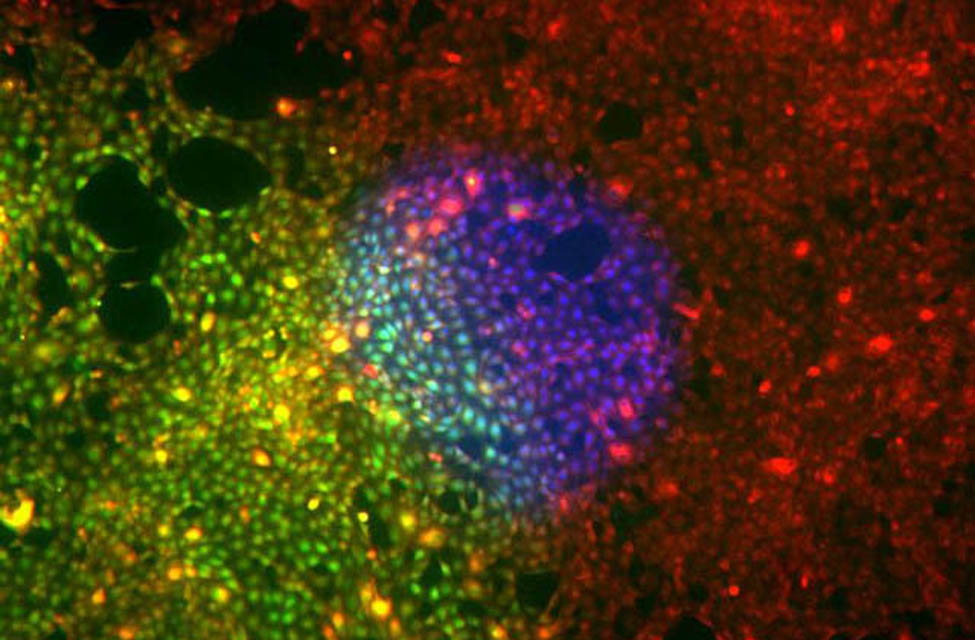
Epithelial MDCK cells constitutively expressing actinin-RFP were sequentially stained by Hoescht (blue, nucleus) and Calcein-AM (Green, cytoskeleton) at different locations. This illustrates how micro printed membranes can be used to perform cell-based assays (see F. Evenou et al., Lab on Chip, 2012).
-
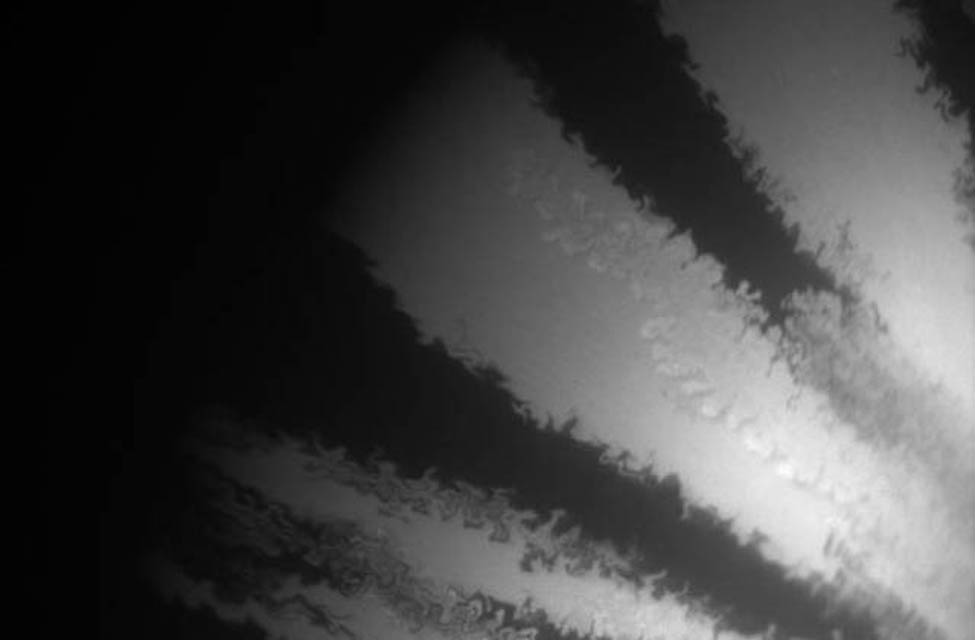
Genetic Drift in a growing colony of E. coli. This colony is composed of two strains, which have the same fitness but are distinguishable thanks to the expression of a fluorescent protein (either YFP or CFP). The competition for ressources that takes place at the expanding edge of the colony leads to the formation of sectors through genetic drift. See also the photo exposition by Robert Holden.
-
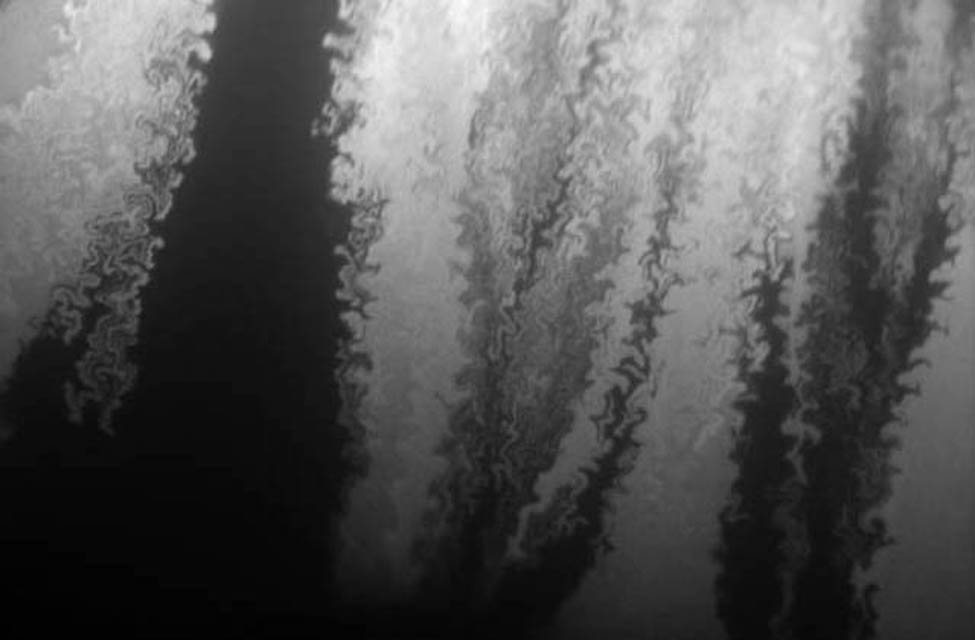
Genetic Drift in a growing colony of E. coli. This colony is composed of two strains, which have the same fitness but are distinguishable thanks to the expression of a fluorescent protein (either YFP or CFP). The competition for ressources that takes place at the expanding edge of the colony leads to the formation of sectors through genetic drift. See also the photo exposition by Robert Holden.
-
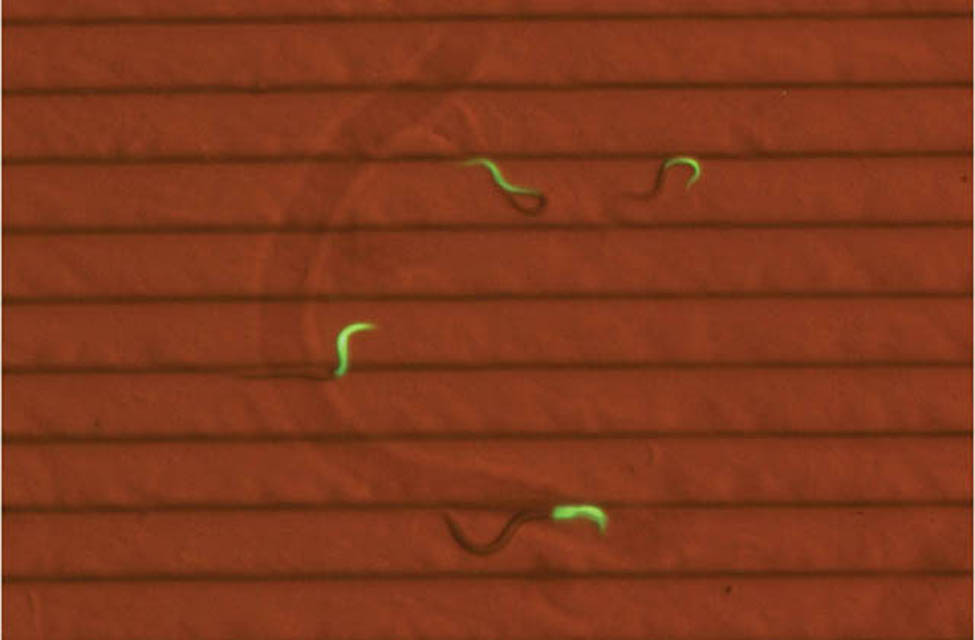
Worm locomotion on a textured gel. C. elegans worms locomotion can be easily monitored by using mutant worms which express constitutively a fluorescent protein at the level of the pharynx. Here, we were interested in the effect of the gel texture on the locomotion ability of the worms.
-
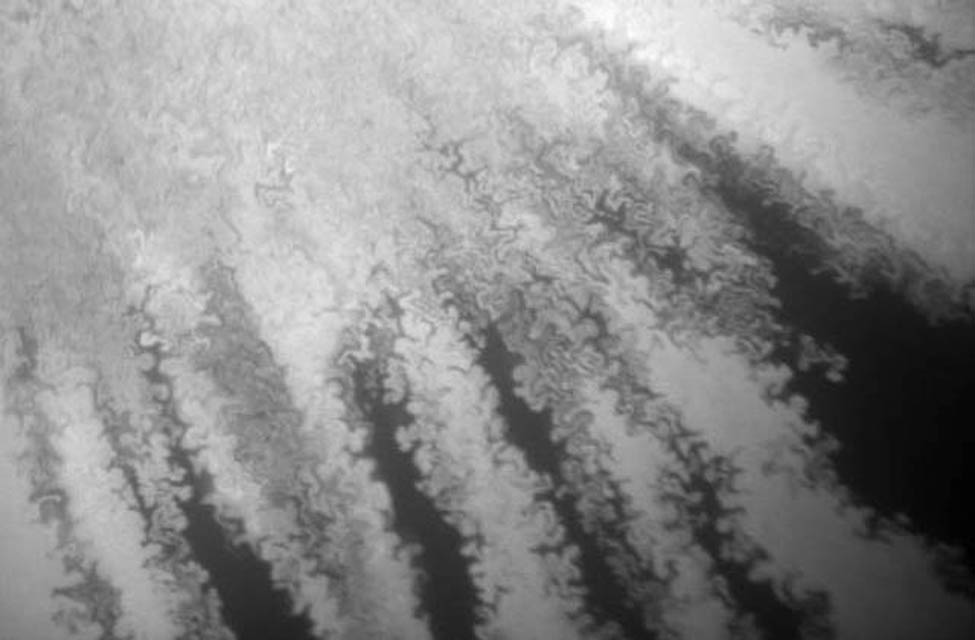
Genetic Drift in a growing colony of E. coli. This colony is composed of two strains, which have the same fitness but are distinguishable thanks to the expression of a fluorescent protein (either YFP or CFP). The competition for ressources that takes place at the expanding edge of the colony leads to the formation of sectors through genetic drift. See also the photo exposition by Robert Holden.
-
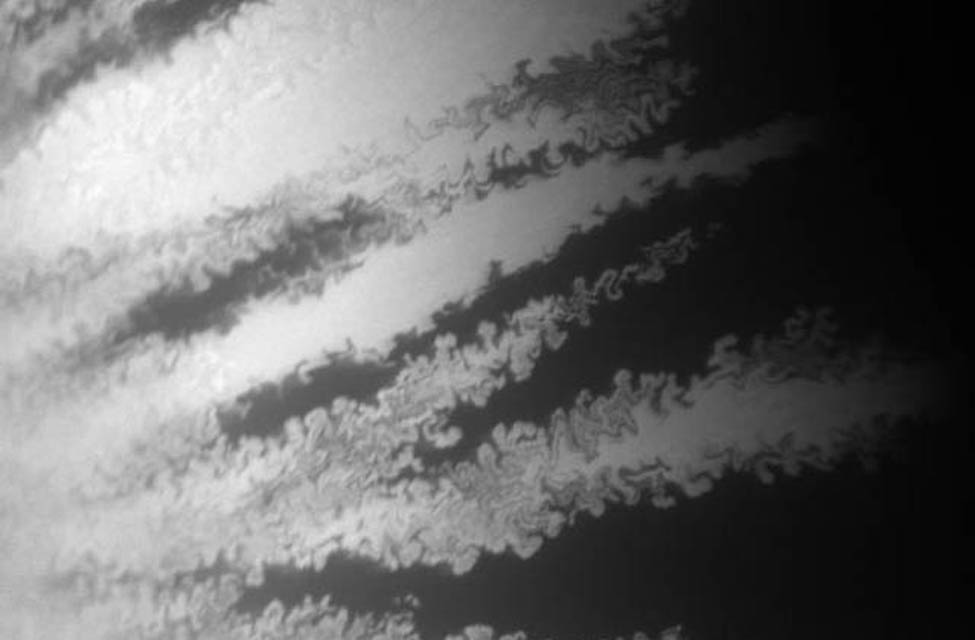
Genetic Drift in a growing colony of E. coli. This colony is composed of two strains, which have the same fitness but are distinguishable thanks to the expression of a fluorescent protein (either YFP or CFP). The competition for ressources that takes place at the expanding edge of the colony leads to the formation of sectors through genetic drift. See also the photo exposition by Robert Holden.
-
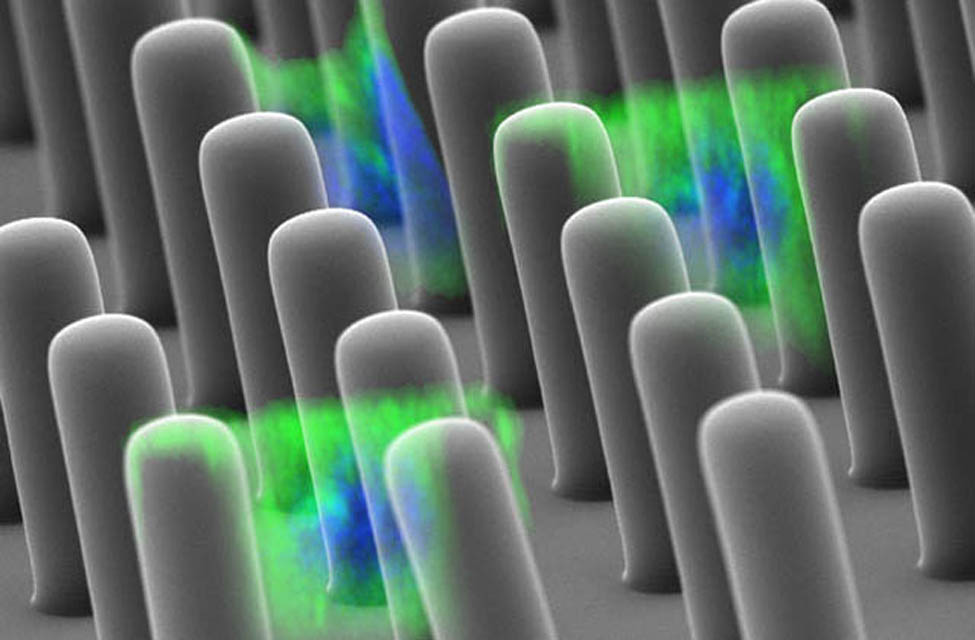
Montage of several epithelial cells (MDCK) growing within a three dimensional array of micro pillars made in a flexible elastomer (PDMS). The array of micropillar was observed through electon microscopy (SEM) while the cells were observed through confocal microscopy to get a 3D representation of their cytoskeleton. As shown in our article, cells can wrap around the pillars and exert forces of the nN range by creating actin ring around the pillars. This illustration was chosen as the cover of Lab on Chip (see Lab on Chip, 2011).
-
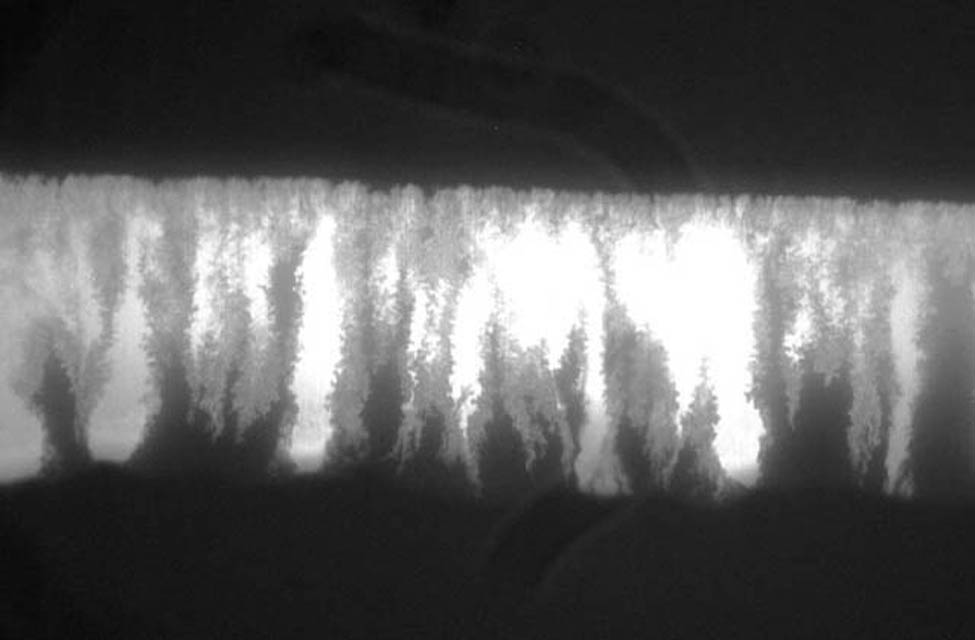
Genetic Drift in a growing colony of E. coli. This colony is composed of two strains, which have the same fitness but are distinguishable thanks to the expression of a fluorescent protein (either YFP or CFP). The competition for ressources that takes place at the expanding edge of the colony leads to the formation of sectors through genetic drift. See also the photo exposition by Robert Holden.
-
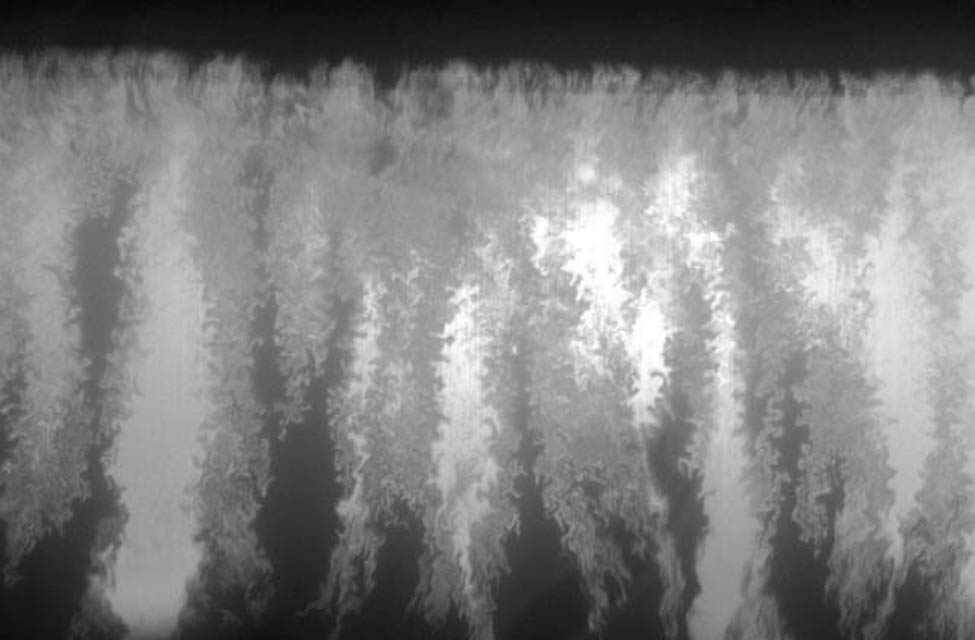
Genetic Drift in a growing colony of E. coli. This colony is composed of two strains, which have the same fitness but are distinguishable thanks to the expression of a fluorescent protein (either YFP or CFP). The competition for ressources that takes place at the expanding edge of the colony leads to the formation of sectors through genetic drift. See also the photo exposition by Robert Holden.
-
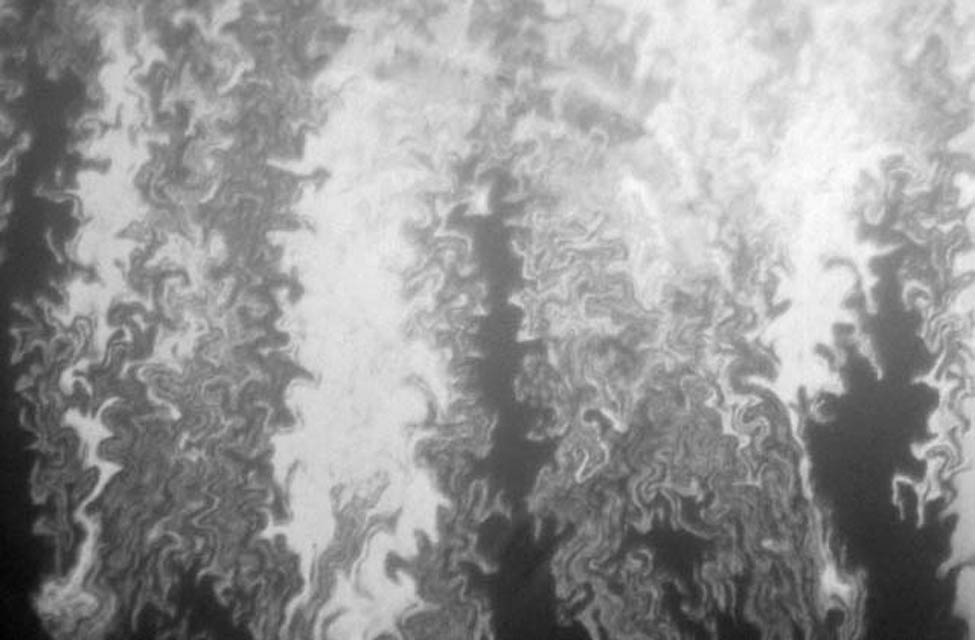
Genetic Drift in a growing colony of E. coli. This colony is composed of two strains, which have the same fitness but are distinguishable thanks to the expression of a fluorescent protein (either YFP or CFP). The competition for ressources that takes place at the expanding edge of the colony leads to the formation of sectors through genetic drift. See also the photo exposition by Robert Holden.
-
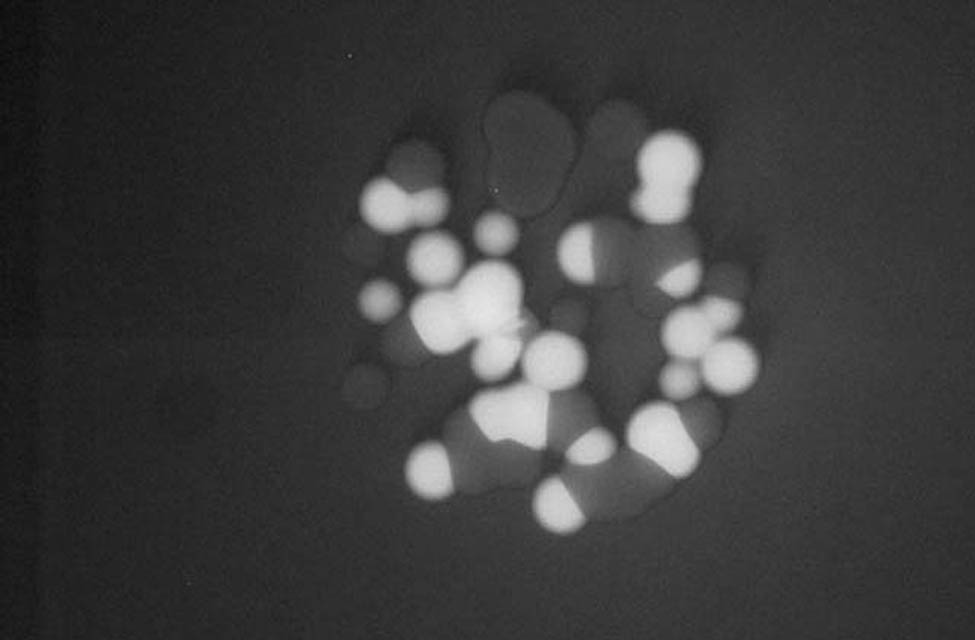
Genetic Drift in a growing colony of E. coli. This cells assembly is composed of two strains, which have the same fitness but are distinguishable thanks to the expression of a fluorescent protein (either YFP or CFP). When a small number of cells are seeded, the homeland shows clear zones where only one genotype is present (as shown here).
-
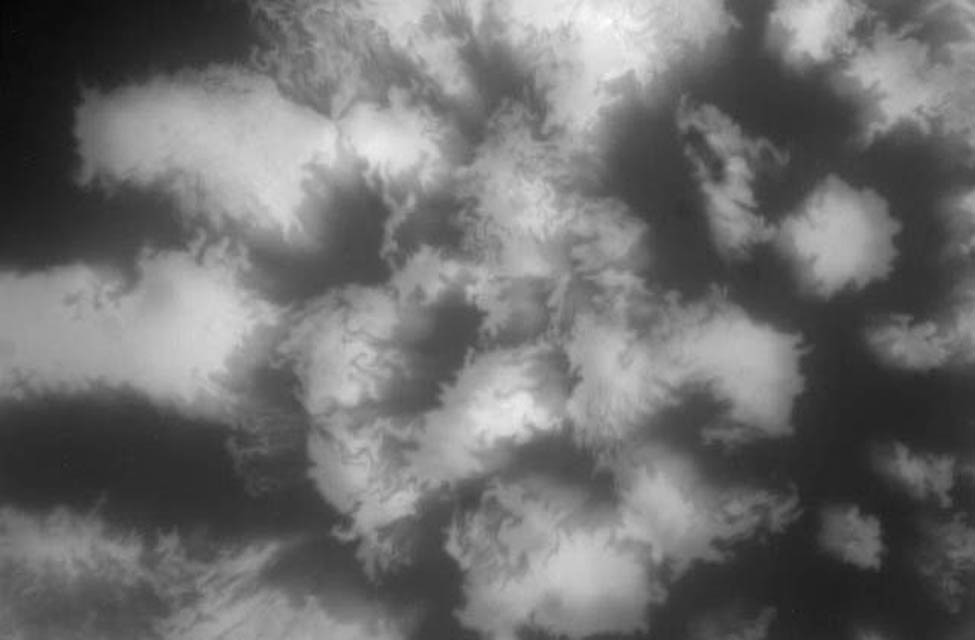
Genetic Drift in a growing colony of E. coli. This cells assembly is composed of two strains, which have the same fitness but are distinguishable thanks to the expression of a fluorescent protein (either YFP or CFP). When a large number of cells are seeded, the homeland shows a very intricate pattern where both genotype are mixed. Future growth at the expanding edge will promoter sector formation through genetic drift.
-
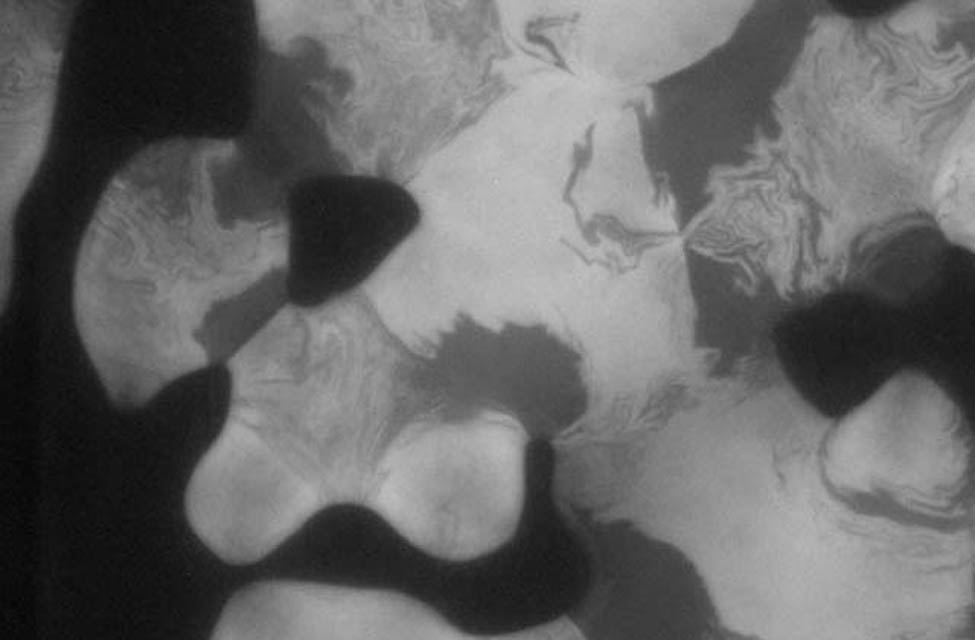
Genetic Drift in a growing colony of E. coli. This cells assembly is composed of two strains, which have the same fitness but are distinguishable thanks to the expression of a fluorescent protein (either YFP or CFP). Intricate patterns are constructed by the growth of the two type of cells side by side.
-
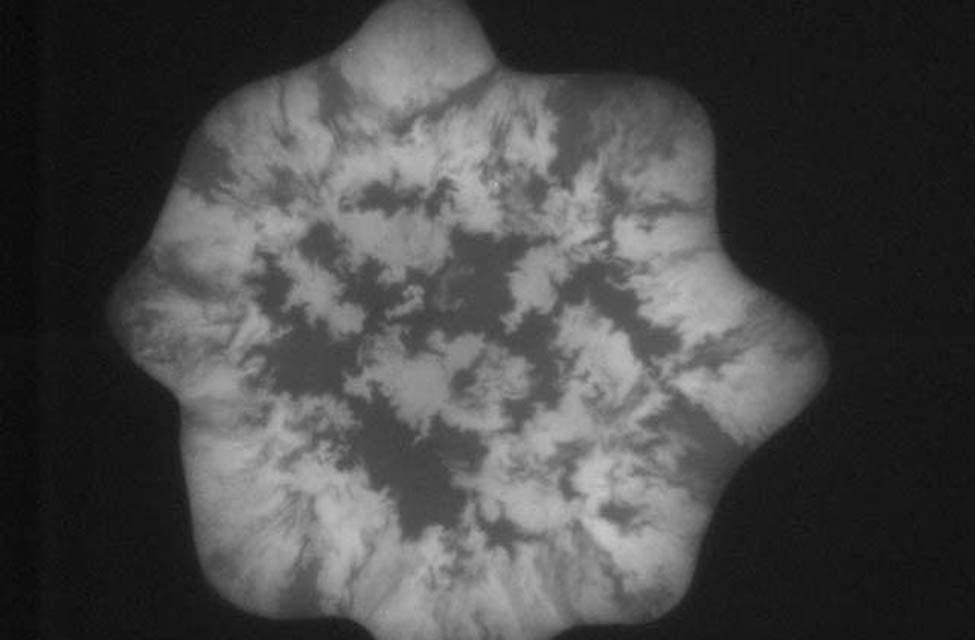
Genetic Drift in a growing colony of E. coli. This cells assembly is composed of two strains, which have the same fitness but are distinguishable thanks to the expression of a fluorescent protein (either YFP or CFP). When a large number of cells are seeded, the homeland shows a very intricate pattern where both genotype are mixed. Growth at the expanding edge will promoter sector formation through genetic drift.
-

Genetic Drift in a growing colony of E. coli. This image shows a close up on the patterns that are formed within the homeland of a growing assembly of cells. The smallest filaments are fored by lines of bacteria only.
-
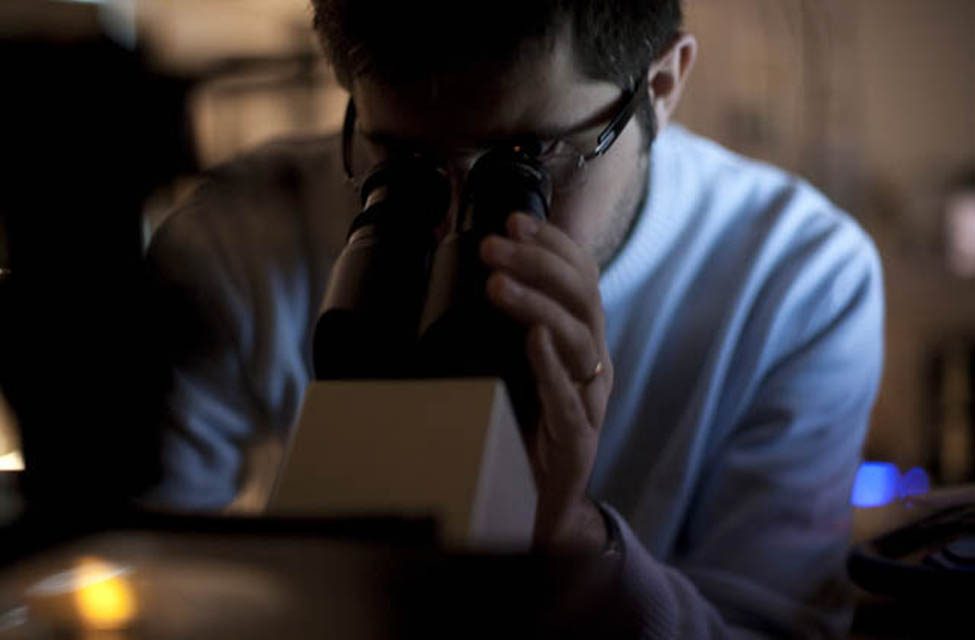
Just to remember the time when i could spend hours in front of a microscope ;-)